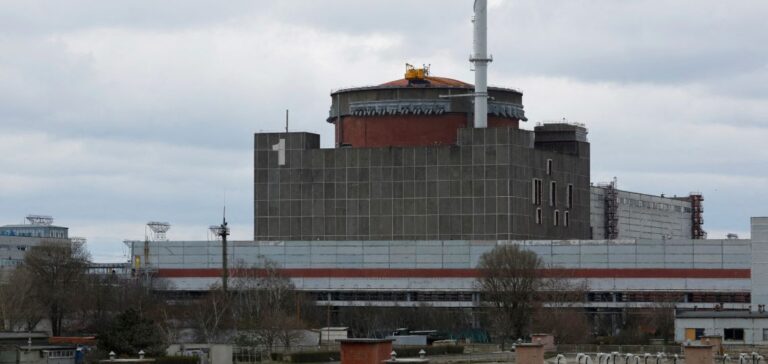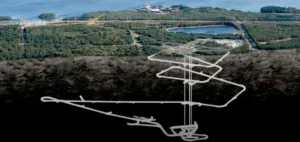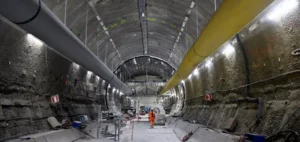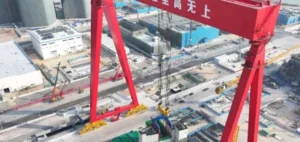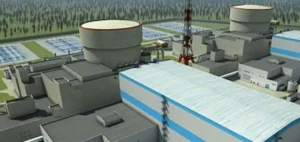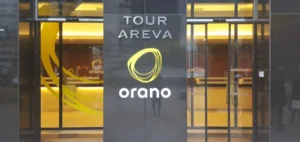The Zaporizhzhya Nuclear Power Plant, Europe’s largest, remains in a precarious condition due to the military conflict in Ukraine, said Rafael Mariano Grossi, Director General of the International Atomic Energy Agency (IAEA). All six reactors at the site remain fully shut down, with restarting deemed impossible as long as the security situation remains uncertain.
Vulnerable power supply
During his recent visit to Ukraine, Director General Grossi emphasised the plant’s current dependence on a single external 330-kilovolt (kV) power line, compared to ten operational lines before the conflict. This shortage of electrical resources directly threatens the essential cooling capabilities needed for the nuclear reactors and stored spent fuel. A backup line was disconnected on 7 May due to nearby military confrontations, and the exact condition of the five other lines remains uncertain after being damaged earlier in the conflict.
The plant indicated that maintenance work was undertaken on one of the four 750 kV lines initially connected to the plant but damaged in 2022. Since then, three other lines of the same capacity have remained unusable. The IAEA also noted plans for a pumping station project to restore water supply from the Dnipro River to the cooling pond, although implementation hinges on the cessation of hostilities.
Inspections and security measures
In parallel, Russia’s nuclear regulatory authority Rostekhnadzor has scheduled pre-licensing inspection activities for reactor units 1 and 2, whose current Ukrainian-issued licences expire respectively in December 2025 and February 2026. The IAEA has requested to observe these inspections and seeks additional information on the safety evaluation criteria used during these checks.
On site, IAEA teams continue closely monitoring the security situation. They recently reported a leak in the essential cooling system of one reactor, caused by corrosion, which was repaired without significant safety implications. However, frequent military activities nearby have been regularly reported, including an alleged drone attack on the plant’s training centre.
Other Ukrainian nuclear plants under pressure
Ukraine’s Khmelnytskyy, Rivne, and South Ukraine nuclear plants continue operating despite the conflict, although three of their nine operational reactors are currently undergoing planned maintenance and refuelling. IAEA teams stationed at these plants and at Chernobyl regularly face security constraints imposed by the conflict, including frequent drone flights nearby.
At the same time, the IAEA has intensified its assistance programme to Ukraine, delivering essential equipment funded by Austria, Belgium, France, and Norway to improve working conditions and radiological safety at Ukrainian nuclear sites. Since the conflict began, 140 deliveries coordinated by the IAEA have been made in support of the country’s nuclear security.


